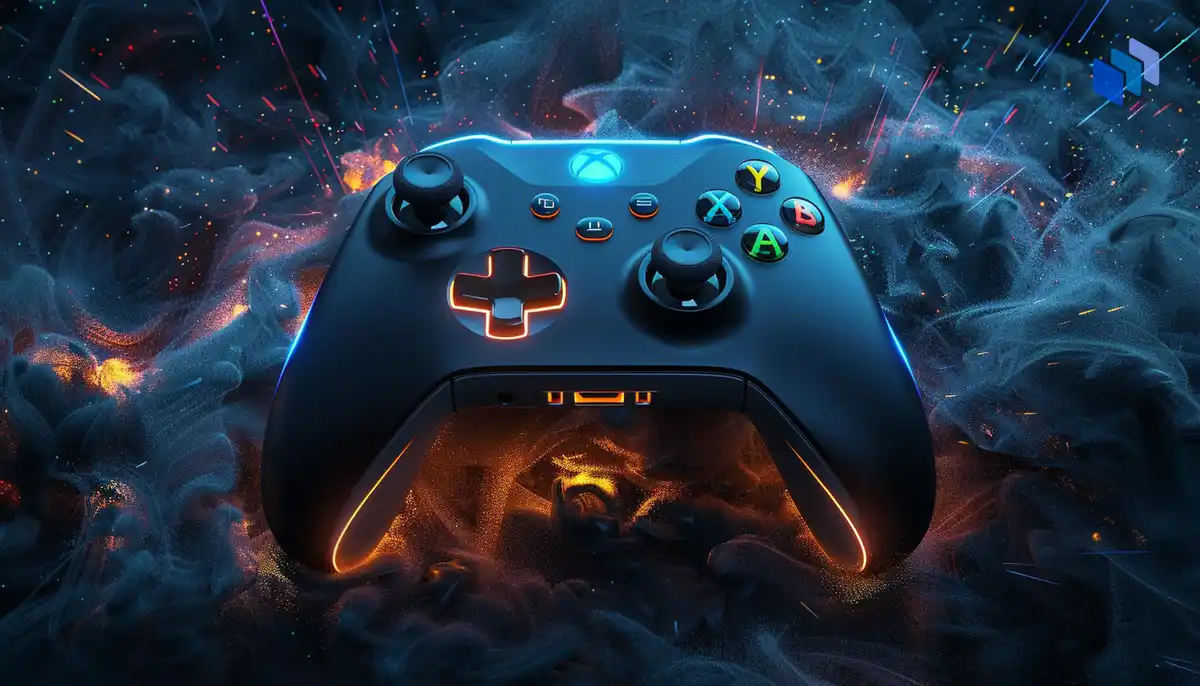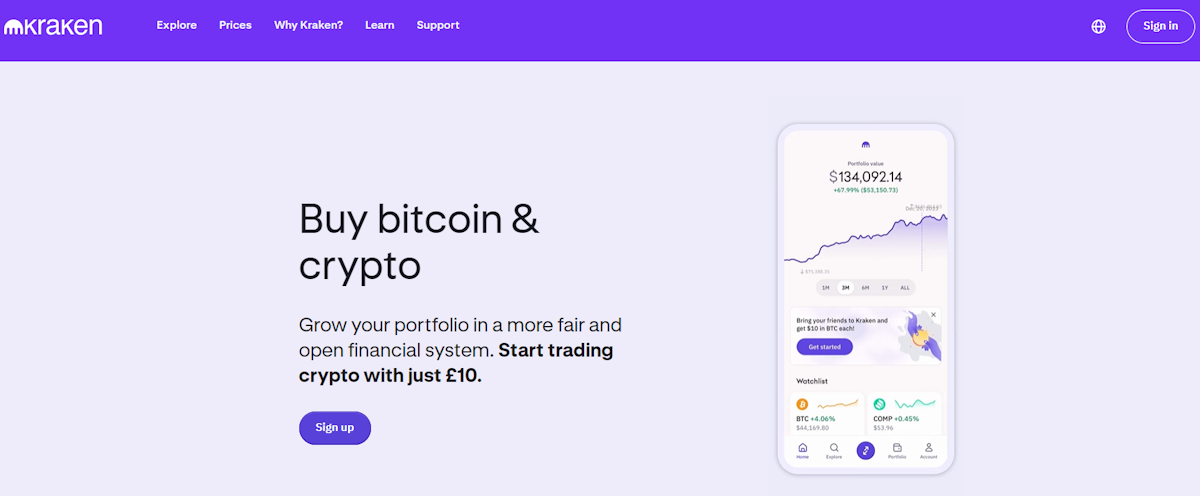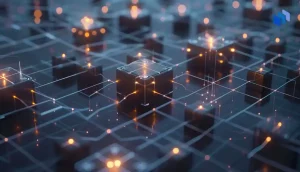What Does Headend Mean?
A headend is a facility that accepts TV signals as input from satellites, processes them into cable-quality signals, and then distributes them to homes and cable networks. It can be considered as the master distribution center where incoming television signals are received, selected, amplified and re-modulated, and sent for transmission to cable networks.
Techopedia Explains Headend
A headend usually consists of an integrated receiver/decoder, off-air receivers, encoders, transcoders, rate shaper, channel modulators, channel processors and channel signal. An integrated receiver/decoder combines the functionalities of multiple receivers, decoding and decrypting into one unit. In most cases signals are sent downstream to the users, however, in rare cases, they are also received as upstream. If the cable company provides Internet access to subscribers, then databases, computer systems and other related components are also added to the headend. In cases where Internet access is provided, a cable modem termination system plays an important role as a component in the headend.The cable modem termination system inputs and outputs digital cable modem signals on the cable network and plays a strategic role in providing Internet access to subscribers.
There are two types of headends, namely analog and digital. A digital headend has more services, makes use of reduced bandwidth, has better picture quality and can serve a higher number of channels than an analog headend.
Using a headend has many benefits for the cable facility. It can increase the profit for the business, as they can charge a fixed rate to subscribers. It provides more accessibility to subscribers without losing quality or speed of the television or Internet signal.





